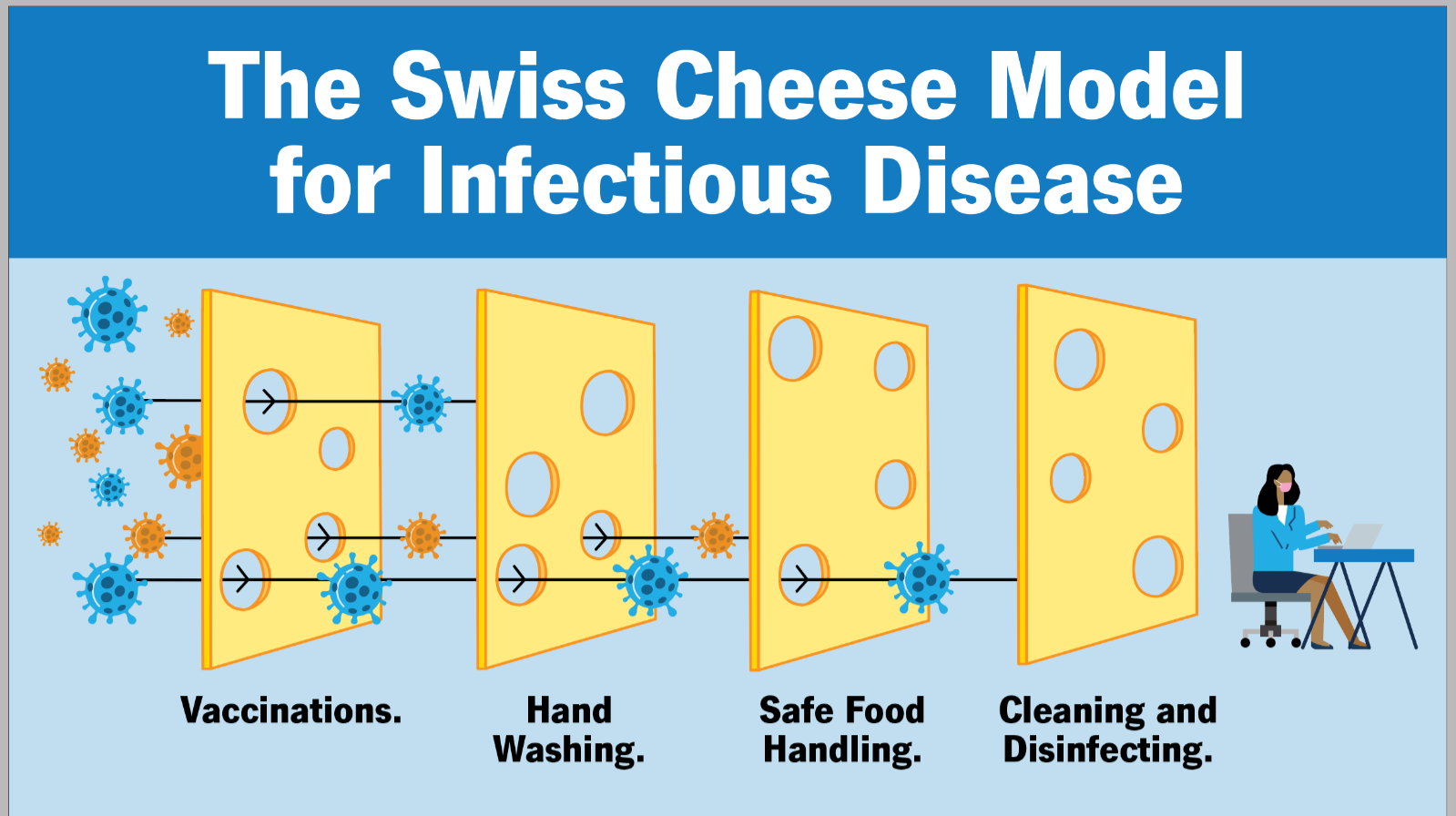The nurse is caring for a client with multiple sclerosis. What action does the nurse implement to increase venous return, prevent stiffness, and maintain muscle strength and endurance?
Administer corticosteroids
Turn and reposition every 2 hours
Administer interferon
Encourage range-of-motion exercises
The Correct Answer is D
Choice A: Administer corticosteroids. This is incorrect because corticosteroids are used to reduce inflammation and suppress the immune system, but they do not directly affect venous return, stiffness, or muscle strength and endurance.
Choice B: Turn and reposition every 2 hours. This is incorrect because turning and repositioning are important to prevent pressure ulcers and promote circulation, but they are not sufficient to maintain muscle strength and endurance. The client also needs active or passive exercises to prevent muscle atrophy and contractures.
Choice C: Administer interferon. This is incorrect because interferon is a type of immunomodulator that can reduce the frequency and severity of relapses in multiple sclerosis, but it does not directly affect venous return, stiffness, or muscle strength and endurance.
Choice D: Encourage range-of-motion exercises. This is correct because range-of-motion exercises can help increase venous return, prevent stiffness, and maintain muscle strength and endurance in clients with multiple sclerosis. Range-of-motion exercises can be performed actively by the client or passively by the nurse or a caregiver. They should be done at least twice a day to prevent complications such as contractures, spasticity, and pain.

Nursing Test Bank
Naxlex Comprehensive Predictor Exams
Related Questions
Correct Answer is ["C","D"]
Explanation
Choice A reason: The inability to take risks is not a quality of an effective nurse leader, as it may limit the leader's potential for growth, innovation, and improvement. Effective nurse leaders are willing to take calculated risks that are based on evidence, experience, and intuition. They are also able to learn from their mistakes and failures and use them as opportunities for development.
Choice B reason: Never consider being a follower is not a quality of an effective nurse leader, as it may indicate a lack of flexibility, collaboration, and respect for others. Effective nurse leaders are able to adapt to different situations and roles, depending on the needs and goals of the team. They are also able to recognize the strengths and contributions of their followers and empower them to achieve their full potential.
Choice C reason: The ability to set priorities is a quality of an effective nurse leader, as it helps the leader to focus on the most important and urgent tasks and goals. Effective nurse leaders are able to identify the needs and expectations of their clients, staff, and organization, and allocate their time, resources, and energy accordingly. They are also able to delegate tasks appropriately and efficiently.
Choice D reason: Integrity is a quality of an effective nurse leader, as it reflects the leader's honesty, trustworthiness, and ethical standards. Effective nurse leaders are able to act in accordance with their values and principles, and uphold the professional code of conduct. They are also able to communicate openly and transparently, and accept responsibility and accountability for their actions and decisions.
Choice E reason: Critical care certification is not a quality of an effective nurse leader, as it is not a requirement or a guarantee for leadership success. Critical care certification is a credential that demonstrates the nurse's knowledge and competence in providing care to critically ill patients. While it may enhance the nurse's clinical skills and confidence, it does not necessarily reflect the nurse's leadership skills or abilities. Effective nurse leaders can come from various backgrounds and specialties, as long as they have the necessary qualities and attributes that enable them to lead others effectively.
Correct Answer is B
Explanation
Choice A reason: Advances in surgical techniques and procedures have improved the outcomes of many patients, but they are not the main factor for the increase in life expectancy. Surgical interventions are often costly, risky, and inaccessible to many people, especially in developing countries.
Choice B reason: Sanitation and other public health activities have had a significant impact on reducing mortality from infectious diseases, such as cholera, typhoid, and tuberculosis. These activities include providing safe water, improving hygiene, promoting vaccination, and controlling vector-borne diseases. Sanitation and public health measures are relatively low-cost, effective, and preventive strategies that can benefit large populations.
Choice C reason: Technology increases in the field of medical laboratory research have contributed to the diagnosis and treatment of many diseases, such as cancer, diabetes, and genetic disorders. However, these technologies are often expensive, complex, and dependent on specialized equipment and personnel. Therefore, they are not the main reason for the increase in life expectancy.
Choice D reason: The use of antibiotics to fight infections has been a major breakthrough in medicine, saving millions of lives from bacterial infections. However, antibiotics have also led to the emergence of antibiotic-resistant bacteria, which pose a serious threat to public health. Moreover, antibiotics are not effective against viral infections, such as influenza, HIV, and COVID-19. Therefore, antibiotics are not the most responsible factor for the increase in life expectancy.

Whether you are a student looking to ace your exams or a practicing nurse seeking to enhance your expertise , our nursing education contents will empower you with the confidence and competence to make a difference in the lives of patients and become a respected leader in the healthcare field.
Visit Naxlex, invest in your future and unlock endless possibilities with our unparalleled nursing education contents today
Report Wrong Answer on the Current Question
Do you disagree with the answer? If yes, what is your expected answer? Explain.
Kindly be descriptive with the issue you are facing.
